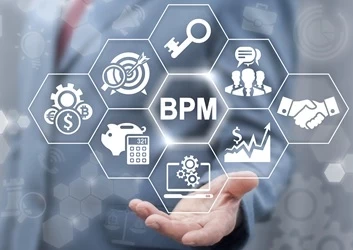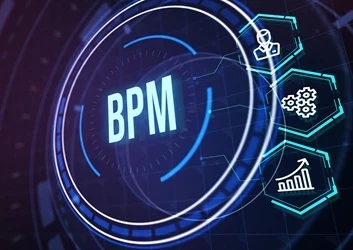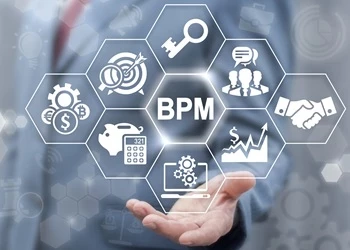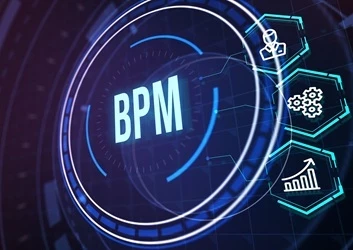The Difference Between Robotic Process Automation and Traditional Automation
Add bookmarkAutomation is a familiar part of the process excellence and continuous improvement toolkit, having been in use for years if not decades. So how is robotic process automation (RPA) any different?
Firstly, RPA is very much system agnostic, which for me is one of the key differentiators from the automation of old. There were generally two types of automation:
- Screen scraping / capture - these tools could be programmed to capture specific information on web forms and place into fields and/or by using coordinates on the screen and giving instructions on where to position the mouse pointer to perform a 'click'. Of course, this works great until the screen or pop up boxes changes location.
- Product specific workflows - many products, especially some of the larger ERP vendors, bundled workflow tools with their software. These were great at scheduling specific tasks and or triggering actions such as alerts or emails. However, they were not quite system agnostic and were complicated to use.
RPA in many aspects is both of the above, but in the next iteration. By this, I mean that whilst for example, it does look similar to screen scraping / capture and workflows it is more advanced than this: RPA is the natural evolution of these two approaches. The RPA platforms today are such that they are enterprise scalable. Processes are built by showing the robots what to do step by step rather than coding or scripting them, in exactly the same way as a human would use the end user systems.
[inlinead]
This makes RPA tools non disruptive and seen by IT as low risk. The tools also actually 'recognize' the fields or pop up screens they are working with rather than relying on a location on the screen. The software robots used in RPA 'read' the applications using APIs or the operating system itself. It is part of the training of the robot where it is shown how to read the various screens it needs to work with.
As a result, RPA tools today are business tools for non-technical users. In the past, this was not the case with many of the older automation tools being bespoke to a specific product, they could not easily be deployed on a large scale and they required specialist technical resource to setup and maintain them.
RPA is now a relatively low cost, low complexity, highly agile tool in the process engineers’ toolkit!
But what do you think? Is your company starting to look at robots are part of process improvement work? Is this the year of the robot?




















